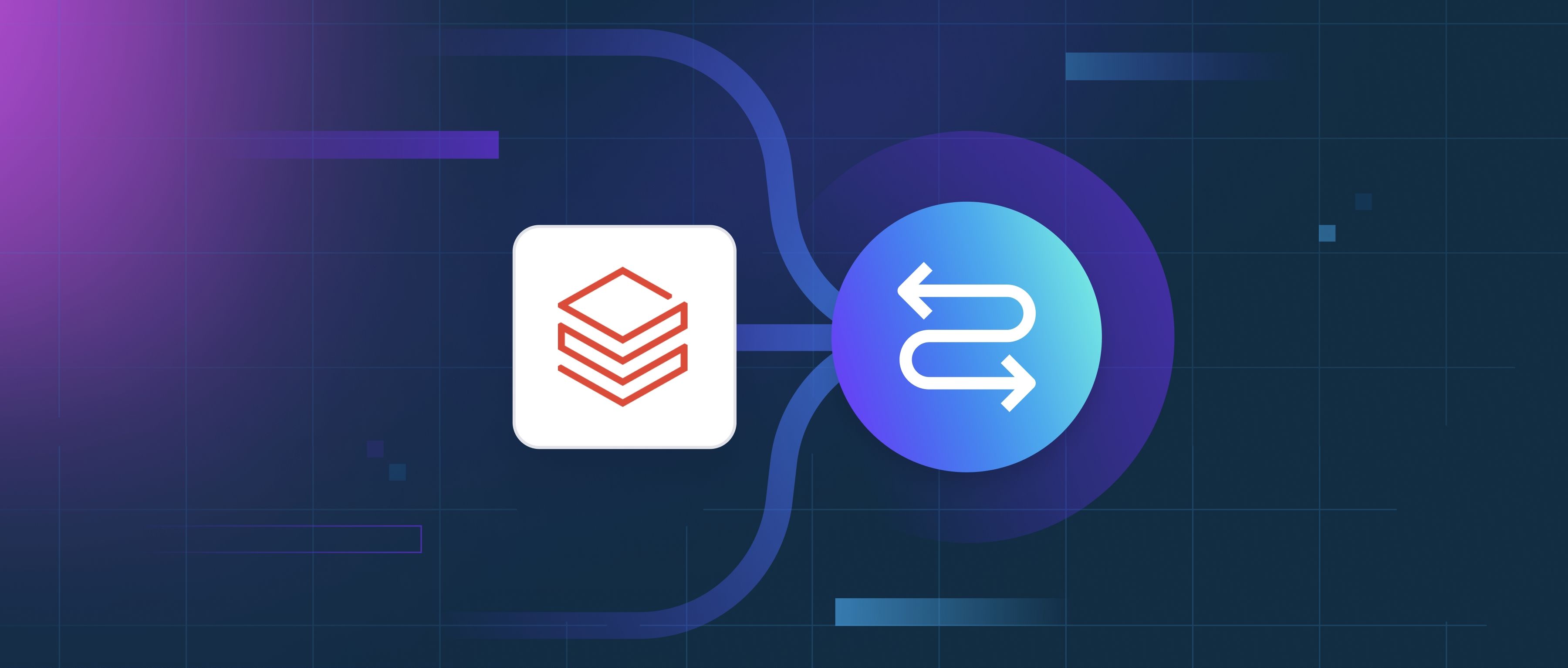Amazon Bedrock provides managed tools for customizing foundation models using your data, primarily through fine-tuning and continued pre-training. These features let you adapt models like Amazon Titan or Claude to specific tasks without handling infrastructure. Here’s how it works:
1. Fine-Tuning Workflows Bedrock supports fine-tuning models by training them further on your dataset. You upload structured data (e.g., labeled examples in CSV/JSON) to Amazon S3, and Bedrock manages the training process. For example, you could fine-tune a text generation model on proprietary medical records to improve its accuracy in clinical summaries. The service optimizes hyperparameters like learning rate automatically, reducing manual effort. Fine-tuned models are deployed via Bedrock’s API, making them accessible like the base models.
2. Continued Pre-Training For domain-specific adaptation, Bedrock allows continued pre-training. This involves training a base model on large volumes of unstructured data (e.g., legal documents or internal wikis) to improve its grasp of niche terminology or context. A financial firm, for instance, could train a model on SEC filings and earnings reports to enhance its understanding of finance jargon. This process uses techniques like parameter-efficient training (e.g., LoRA) to minimize compute costs while retaining the model’s general knowledge.
3. Security and Integration Data used for customization is encrypted in transit and at rest, and models are isolated to prevent cross-tenant access. Bedrock integrates with AWS services like CloudWatch for monitoring inference metrics and SageMaker for advanced preprocessing if needed. However, customization options vary by model—some may support full fine-tuning, while others only allow lightweight adaptation. You retain control over custom models, which can be versioned or deleted via the Bedrock console or API.
